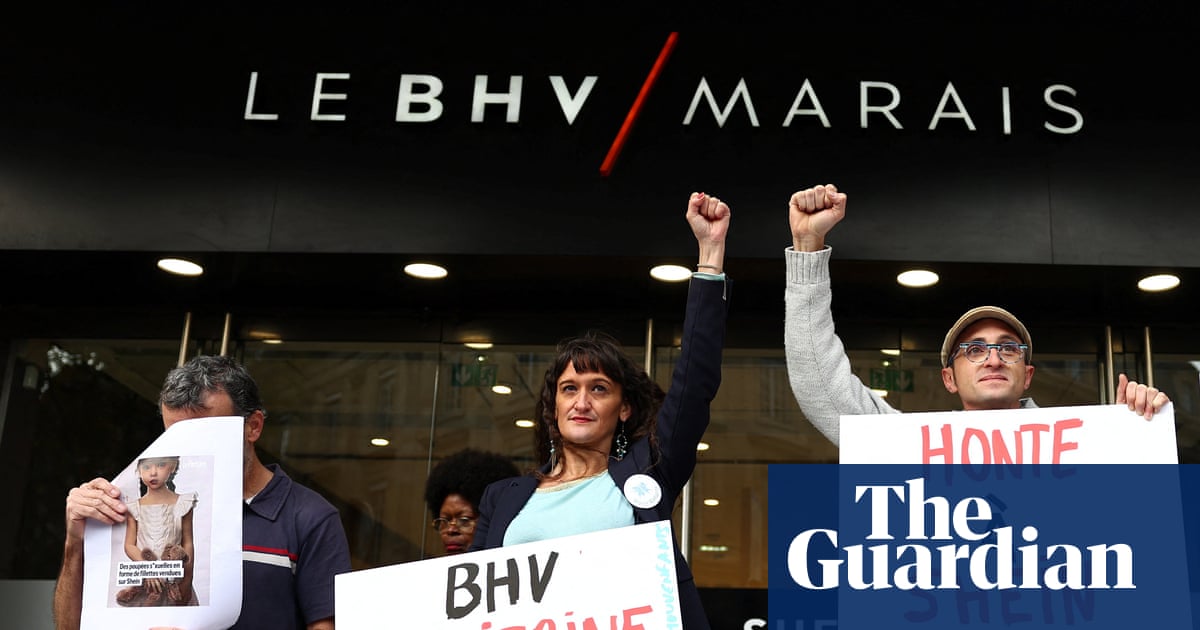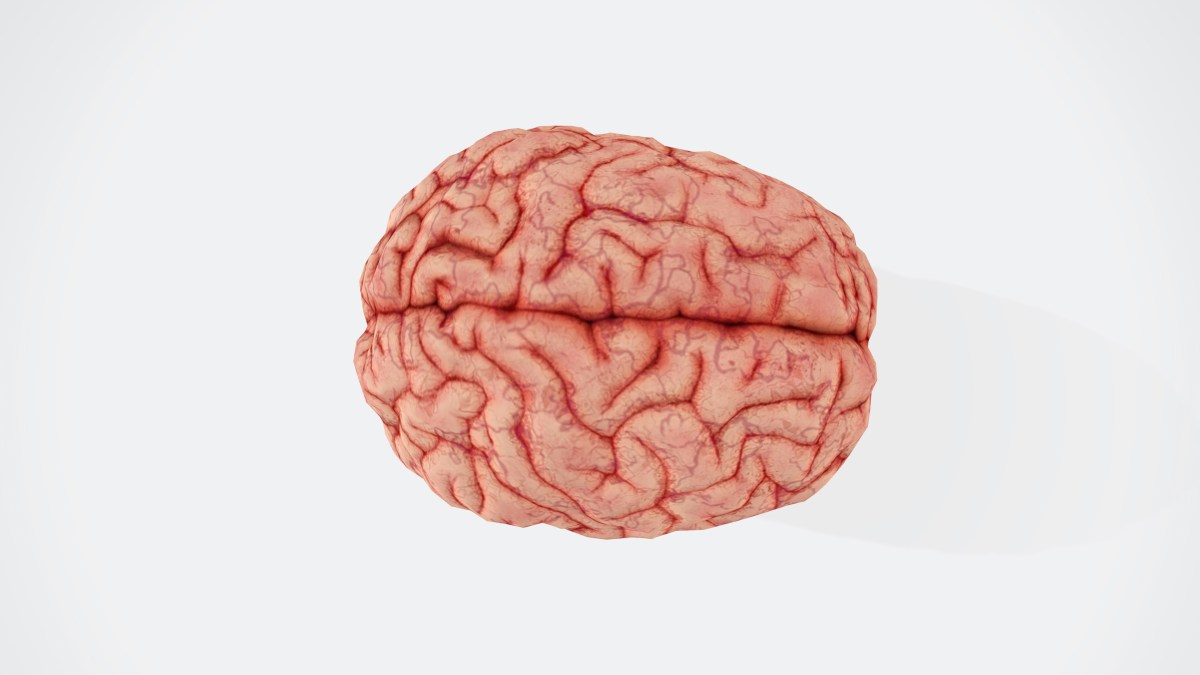Welcome to This Week in Tennis, where we catch up on all the latest and biggest stories from the ATP and WTA Tours.
Mboko Wins Second Career Title
Canadian teenager Victoria Mboko continued her incredible rookie season on tour as she defeated…

Welcome to This Week in Tennis, where we catch up on all the latest and biggest stories from the ATP and WTA Tours.
Mboko Wins Second Career Title
Canadian teenager Victoria Mboko continued her incredible rookie season on tour as she defeated…

Versailles may be forever linked to the splendor of its château but linger a little longer and you’ll find a…

The online fast-fashion retailer Shein will open its first permanent, bricks-and-mortar store in the world in Paris this week, amid political outrage, fury from workers and warnings from city hall that it will damage the French capital’s progressive image.
The Singapore-based clothing company, which was founded in China, has built a massive online business despite criticism over its factory working conditions and the environmental impact of low-cost, throwaway fashion.
Shein, which has previously trialled temporary pop-up stores, will on Wednesday open a permanent shop on the sixth floor of Paris’s prestigious BHV department store, a historic building that has stood opposite Paris’s city hall since 1856. There are about 23 million Shein customers in France, one of its biggest European markets.
But with vast banners for Shein draped across the building, the brand’s arrival has sparked outrage over the promotion of fast fashion.
The office of the French minister for small businesses said Shein’s Paris presence sent “a bad signal that should be avoided”. Several leading independent French fashion brands have pulled their products from the BHV store in protest.
“There would be no sense being sold in the same shop as Shein,” Guillaume Alcan, a co-founder of the French ethical footwear brand Odaje, told Le Monde. Disneyland Paris abandoned plans to open a Christmas pop-up store in BHV and pulled out of creating themed window displays for the end-of-year holidays, saying “conditions were no longer in place” to “calmly hold Christmas events” at the location.
After Shein’s arrival was announced, a French state-owned bank pulled out of talks with the operator of the department store to buy the building. Paris city hall blocked plans for a Paris rugby stadium to carry the BHV logo.
BHV staff have staged strikes and street protests in recent weeks.
Nicolas Bonnet-Oulaldj, Paris’s Communist deputy mayor in charge of commerce, said of Shein’s arrival: “We are totally against this. It is the complete opposite of Paris’s policy to develop independent shops and support products that are made in France.”
Ian Brossat, a Communist party senator in Paris, said: “Shein coming to BHV is a real provocation, particularly since the national assembly and senate recently approved a law to restrict ‘ultra fast-fashion’.”
Shein, which has defended its labour and environmental policies, has said its presence in France will attract younger shoppers and boost other high street businesses. It will also open permanent shops in the French cities of Dijon, Reims, Grenoble, Angers and Limoges inside Galeries Lafayette department stores, which are operated by the same group that manages Paris’s BHV.
after newsletter promotion
The row intensified on Monday after the French finance minister, Roland Lescure, threatened to ban Shein in France if it resumed selling “childlike” sex dolls. France’s anti-fraud unit reported the presence of the dolls on Shein’s e-commerce site this weekend.
“These horrible items are illegal,” Lescure told the BFM TV channel, promising a judicial investigation. Shein told Reuters: “The products in question were immediately removed from the platform as soon as we became aware of these major shortcomings.”
France has already fined Shein three times in 2025 for a total of €191m (£167m). The biggest fine, of €150m, was imposed for failing to comply with online cookie legislation. The company is contesting this. Other fines were issued for false advertising, misleading information and not declaring the presence of plastic microfibres in its products.
The European Commission is investigating Shein over risks linked to illegal products. Shein said at the start of the investigation earlier this year that it welcomed “efforts that enhance trust and safety for European consumers when shopping online”. In May, the company said it had “intensified its product safety and quality controls”.

ISLAMABAD: Pakistan will consider a ceasefire with Afghanistan “over” even if a single cross-border attack occurred inside Pakistan, the Pakistani military said on Monday, with the two sides due to meet again in Istanbul this…
November 3, 2025 – Ottawa, Ontario – Global Affairs Canada
Today, Honourable Anita Anand, Minister of Foreign Affairs, and His Excellency, Senator Mohammad Ishaq Dar, Deputy Prime Minister and Foreign Minister of Pakistan, issued this…
This request seems a bit unusual, so we need to confirm that you’re human. Please press and hold the button until it turns completely green. Thank you for your cooperation!

By Amy Ji and Qinglin Kong
Glioblastoma (GBM) is the kind of diagnosis no one wants to receive. It’s the most aggressive…